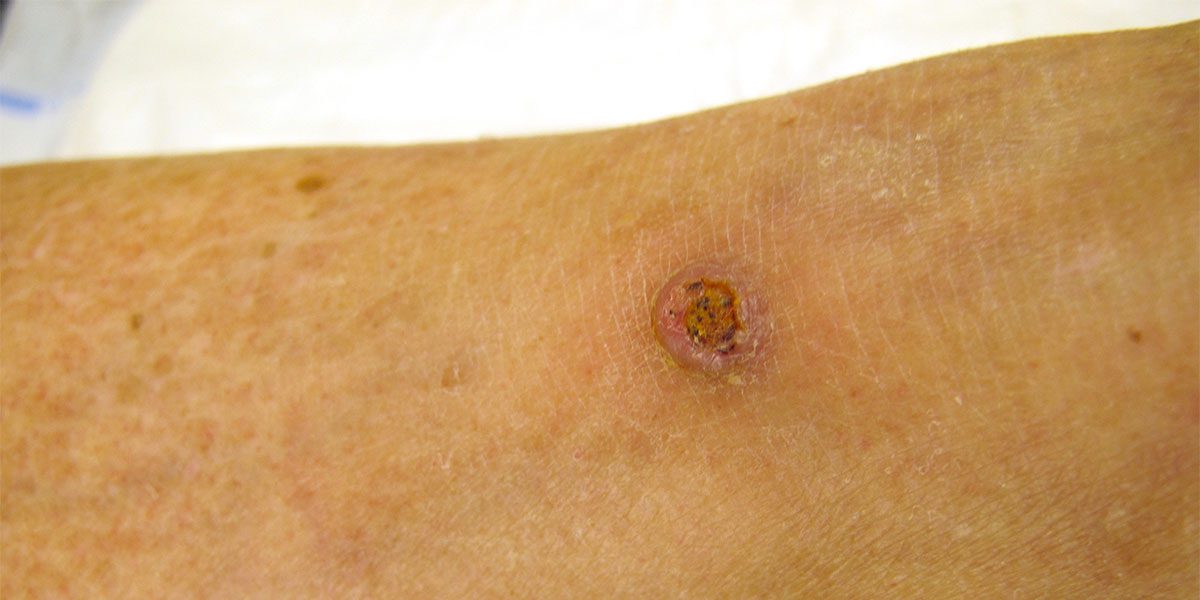Squamous Cell Carcinoma Treatment

 Squamous cell carcinoma is the second most common type of skin cancer in Portland and accounts for about 20% of all skin cancers. Squamous cell carcinoma are the result of sun damage to the skin that causes a disruption in the normal cell growth. A squamous cell carcinoma begins as a small, scaly, red spot that grows slowly. It may start as a pre-skin cancer called actinic keratosis. Squamous cell carcinoma grow, but rarely spread to distant parts of the body. A biopsy and microscopic examination is necessary to determine whether a suspicious growth is a squamous cell skin cancer or another type of cancer.
Squamous cell carcinoma is the second most common type of skin cancer in Portland and accounts for about 20% of all skin cancers. Squamous cell carcinoma are the result of sun damage to the skin that causes a disruption in the normal cell growth. A squamous cell carcinoma begins as a small, scaly, red spot that grows slowly. It may start as a pre-skin cancer called actinic keratosis. Squamous cell carcinoma grow, but rarely spread to distant parts of the body. A biopsy and microscopic examination is necessary to determine whether a suspicious growth is a squamous cell skin cancer or another type of cancer.
Squamous cell skin cancers are most common on the head and neck where we get most sun exposure (up to 80%). Fair skin, freckled individuals in Portland are at higher risk of developing squamous cell carcinoma but extensive sun exposure will increase the risk to even a darker person of developing a squamous cell skin cancer.
Squamous Cell Carcinoma Treatment
Squamous cell skin cancers are best treated early, when they are small, since it is simpler to remove a small growth than a large one. In their early stages (Actinic Keratosis; pre-skin cancers) might be treated with liquid nitrogen (freezing or cryotherapy) or topical creams that target cancer cells. Surgical removal of squamous cell cancer is almost 100% curative. Very rarely, a skin cancer will grow back. In order to catch this, the treated area should be checked in the first three months and then periodically, for the next five years.
Squamous Cell Carcinoma Prevention
To prevent squamous cell carcinoma, avoid excessive sun exposure. Ordinary sun exposure and sun bathing produce gradual skin damage even if sunburn is avoided. As many as 10, 20 or more years can pass between the time of sun exposure and the time the skin shows signs of sun damage. Thus, teenage sun worshippers often pay for their deep tans when they reach their 40’s and 50’s. There is no way of un-doing sun damage. You can prevent further skin injury by using sun protective-broad-spectrum (UVA-UVB) sunscreen of 30 SPF or higher.
With the passage of time, skin cancer patients are likely to develop further skin cancers.
You can learn more about squamous cell carcinoma treatment at American Academy of Dermatology.

